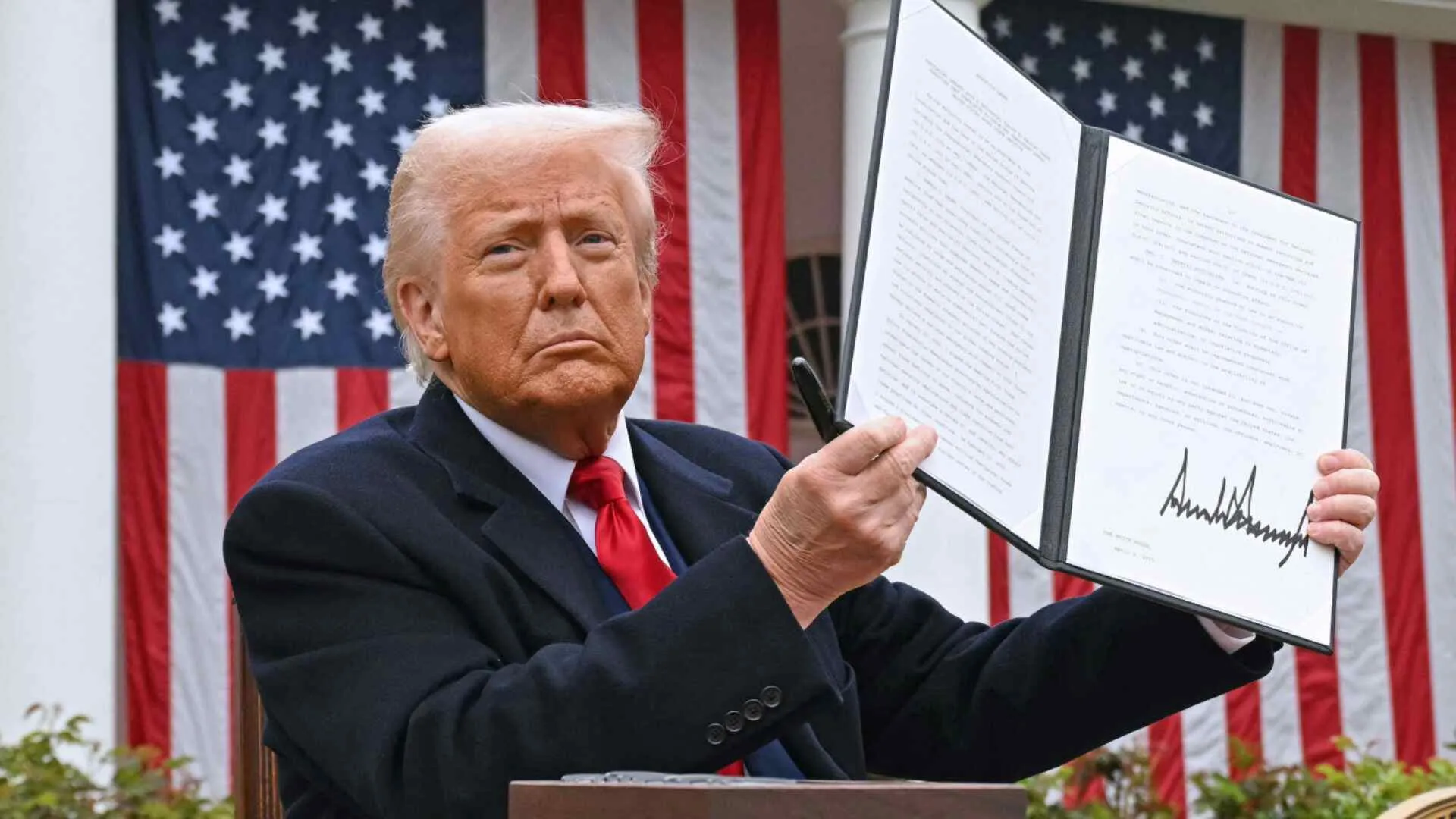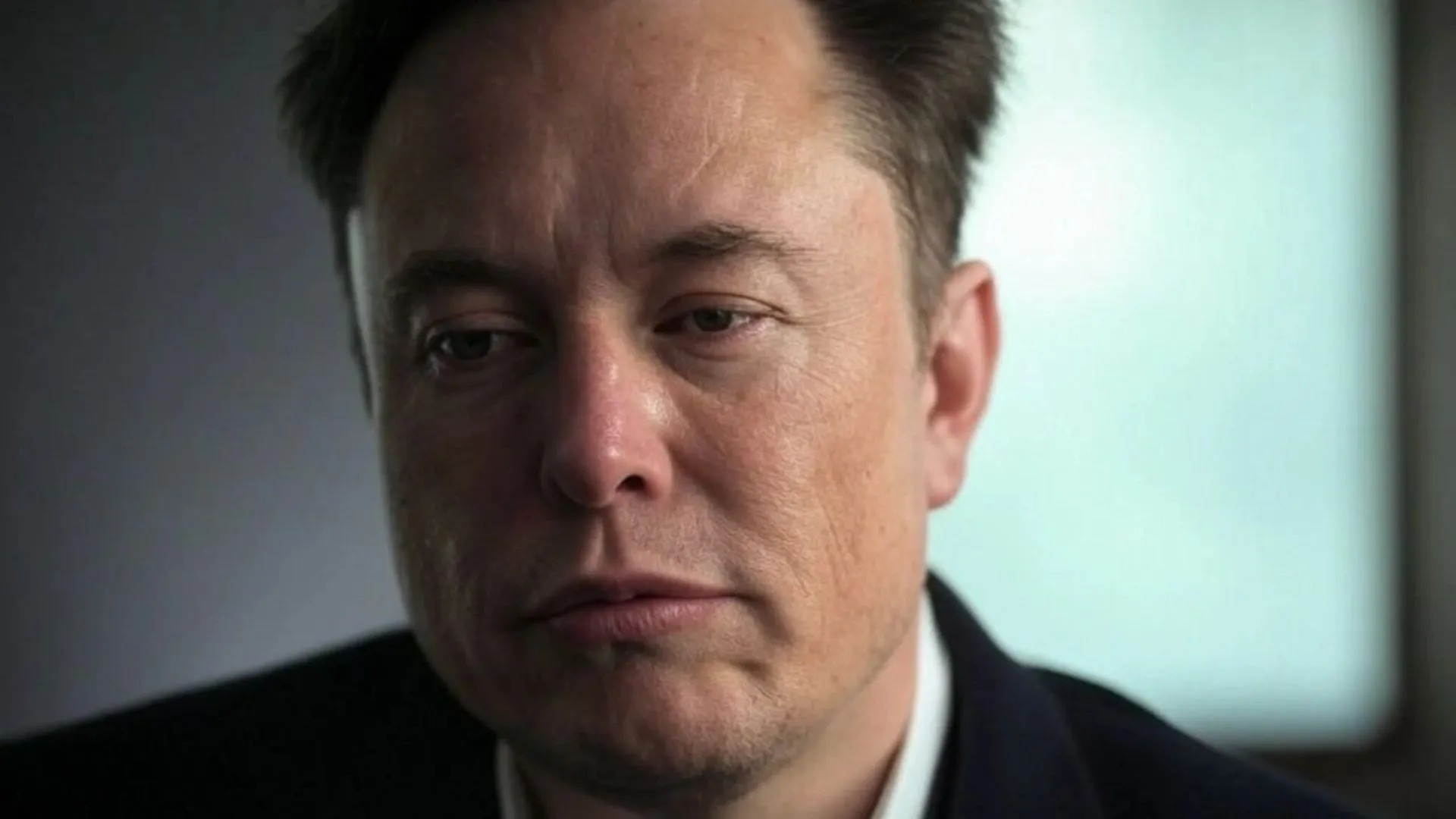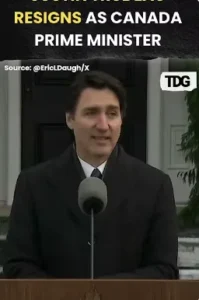Over the past few months, President Donald Trump’s aggressive tariff policies have had a major influence on world currency markets, resulting in increased volatility and economic uncertainty. These protectionist policies have not only put pressure on international trade relations but also triggered significant movements in foreign exchange (FX) markets.
Tariff Escalation and Instant Market Responses
In November 2024, President Trump announced massive tariffs, including a 25% tariff on imports from Mexico, Canada, and China. This news caused the US dollar to jump immediately as investors flocked to safe-haven assets in the face of rising trade tensions. The Bloomberg Dollar Spot Index increased by 0.4%, indicating higher demand for the greenback. On the other hand, the Canadian currency and Mexican peso lost substantially, with the loonie falling to its lowest level since April 2020 and the peso declining more than 2%. Global Currency Fluctuations
The tariff imposition had a spillover effect on world currencies:
- Chinese Yuan: The offshore yuan fell by 0.4% against the US dollar after the tariff announcements. In retaliation, the People’s Bank of China intervened by setting a higher-than-expected daily fixing to calm the currency.
- Indian Rupee: The rupee hit an all-time low of 87.101 against the dollar, down by 0.66%. This weakening was driven by local economic woes and the general effect of US tariffs.
- Japanese Yen and South Korean Won: Both of them declined, the won falling 0.83% and yen by 0.19% against the dollar. The fall was triggered by fears of dampened export competitiveness with increased trade barriers.
Influence on Trade Patterns and Emerging Markets
Emerging market economies, especially those export-oriented, were subjected to more pressure as their currencies depreciated. The appreciation of the US dollar increased the price of their exports and made them less competitive on the international market, worsening trade imbalances. Moreover, the possibility of imposing a 100% tariff on BRICS countries (Brazil, Russia, India, China, and South Africa) if they opted for a different currency to the US dollar further increased fear of a trade war.
Investor Sentiment and Market Volatility
Uncertainty about the implementations of tariffs resulted in immense market volatility. Principal stock indexes such as the S&P 500 and Nasdaq witnessed drastic plunges of more than 4.5% and close to 6%, respectively. Investors moved to secure assets, which led to a decrease in the yields of government bonds. The US 10-year Treasury’s yield dropped below 4%, reflecting apprehension regarding future economic declines and rising inflation.
Central Bank Reactions and Economic Projections
Central banks across the globe were presented with the task of countering the economic shocks from the tariffs. The International Monetary Fund (IMF) underscored major threats to international growth, calling on countries to settle trade friction positively. Economists cautioned that the tariffs would lower global GDP by 0.5 percentage points, with sharper impacts on the US and China. Central banks were then likely to factor in interest rate changes to cushion economic harm.
Long-Term Consequences
The hardline tariff approaches have caused a rethinking of international trade relations and supply chains. Firms are planning to shift manufacturing centers to avoid the effects of tariffs, although risks and exorbitant relocation expenses are hurdles. In the long run, protectionist measures are likely to inhibit global trade efficiency, promote regionalism, and further complicate already weak international supply chains.
Conclusion
President Trump’s trade tariffs have had a far-reaching impact on international currency markets, generating greater volatility and economic uncertainty. The appreciation of the US dollar, weakening of emerging market currencies, and change in investor attitudes confirm the interdependency of trade policies and financial markets. As trade tensions continue to escalate, the global economy has the test of managing these shocks while attempting stability and growth.























